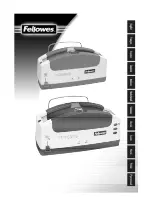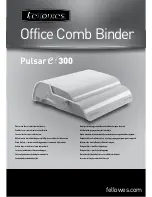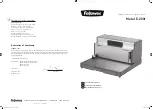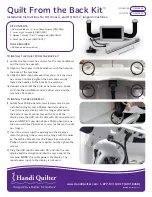
– 5 –
6-2. Operating procedure of the sewing pattern
Without reverse
stitching
Reverse
stitching
Double reverse
stitching
(1) Reverse feed stitching pattern
Reverse feed stitching at sewing start and reverse feed stitching at sewing end can be separately programmed.
[Setting procedure of the reverse feed stitching]
1) Effective/ineffective of the reverse feed stitching
pattern can be changed over by pressing
switch
1
.
When the reverse feed stitching pattern is ren-
dered effective, LED
C
lights up, the number of
stitches of the reverse feed stitching at sewing
start is displayed on
A
, and the number of stitch-
es of the reverse feed stitching at sewing end is
displayed on indicator
B
.
Select a process (A, B, C or D) the number of
stitches for which is to be changed by using
switch
4
.
2) When the number of reverse feed stitches dis-
play is not flashing on and off, every press on
switch
3
changes over the reverse feed
stitching mode from the "reverse feed stitching
at sewing start," "double reverse feed stitching
at sewing start" and "no reverse feed stitching at
sewing start."
In addition, every time
switch
5
is pressed,
the reverse feed stitching feature changes over
from the reverse feed stitching at sewing end to
the double reverse stitch at sewing end, then to
no reverse feed stitching at sewing end, in turn.
For some types of the machine head,
reverse feed stitching patterns are not
available.
The number which is flashing on and off represents the process which is being set.
Change the number of stitches for the selected process by using
switch
5
and
switch
6
.
Press
switch
3
to confirm th
e change you have made. (The number of stitches that can be set is 0 to 15.)
The sewing machine cannot perform sewing when the display of the number of stitches for a pro
-
cess is flashing on and off.
1
C
3
4
5
6
A
B
3
5








































